The fight to save Bangkok’s affordable and iconic street food
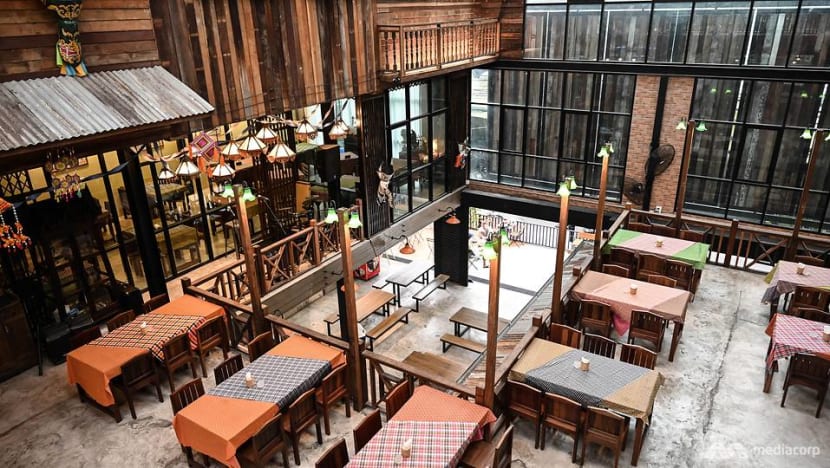
Saphan 55 is a privately-run food complex that tries to bring back street food to a Bangkok road, following a citywide ban roadside vendors. (Photo: Pichayada Promchertchoo)
BANGKOK: Shortly after the Thai military staged a coup in 2014, it made an announcement that would forever change the face of Bangkok and one of its icons - street food.
Vendors on the city’s sidewalks were told they had to move away or relocate to temporarily designated zones. The ban was part of the government’s wider effort to return order to the capital city, known for its affordable and tasty street food like Phad Thai noodles, papaya salad, and mango with sticky rice.
Since the military took power, the rule has been gradually implemented across Bangkok, including Sukhumvit 55 Road.
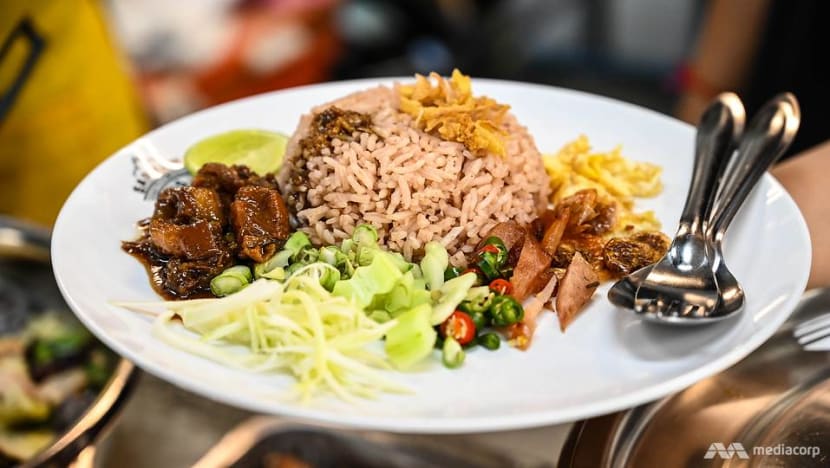
Commonly known as Thonglor, the 2.4km road runs through one of Bangkok’s most expensive neighbourhoods. It boasts a mix of eating options, including fine-dining restaurants, fancy bars and cafes. Previously, a variety of street food stalls was also part of the mix, where passers-by could grab plastic chairs and enjoy decent meals at affordable prices.
Not anymore.
“My staff started complaining about having nothing to eat in 2017,” said Chris Foo, 38, who owns a business in the area.
“They said the food they usually ate had been kicked out of the streets. So my team brainstormed and we thought opening a restaurant where they can eat at cost would be a great option,” he said.
Half British, half Chinese, Foo has spent the past 36 years in Bangkok. He loves street food as much as any Thai and grew to know many small vendors on the street, where his company has operated for 12 years.
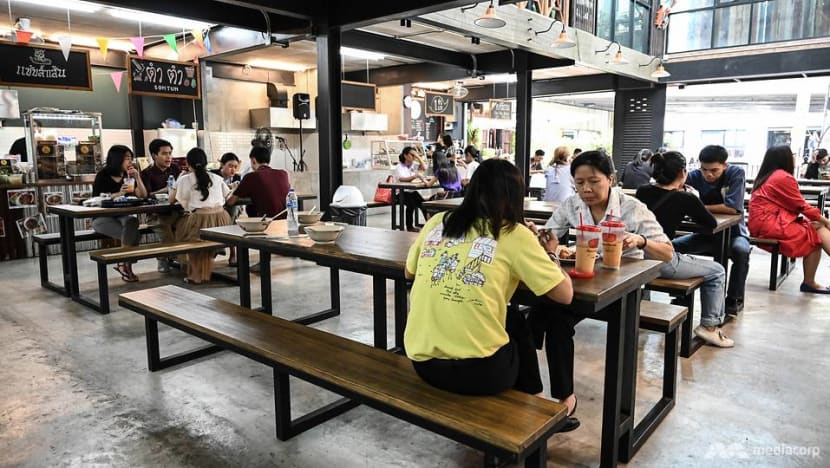
After discussing it with his staff, Foo decided to open a small noodle shop near his office so some 100 employees of his could eat at cost and everybody else could eat at affordable prices. But shortly before the opening, he had an unexpected visitor who made a surprise offer - a land-owner who lives just across the street from his firm.
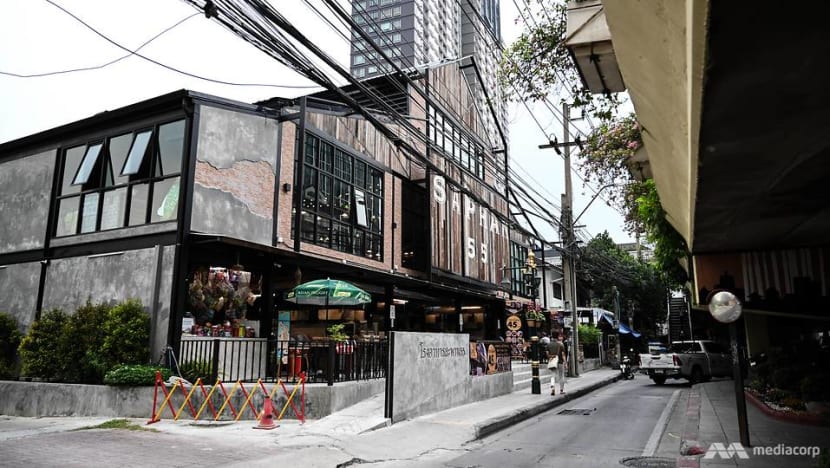
Nearly two years later, a modern-looking building rose next to an old bridge by a black canal on the less developed end of Thonglor. It is called Saphan 55 - or Bridge 55 in English. For local residents, the venue is a new landmark that looks like a cool warehouse from the outside and an old Thai wooden house from within.
For Foo, it is a street food shelter where good local dishes are available at affordable prices and small vendors are welcome.
The venue had a soft launch about a month ago but it has already welcomed many customers, particularly at lunchtime. Here, a bowl of noodles costs US$1.50, bottled water is US$0.20 and a cup of coffee starts from USS$1. The same items are normally double the price in ordinary restaurants nearby.
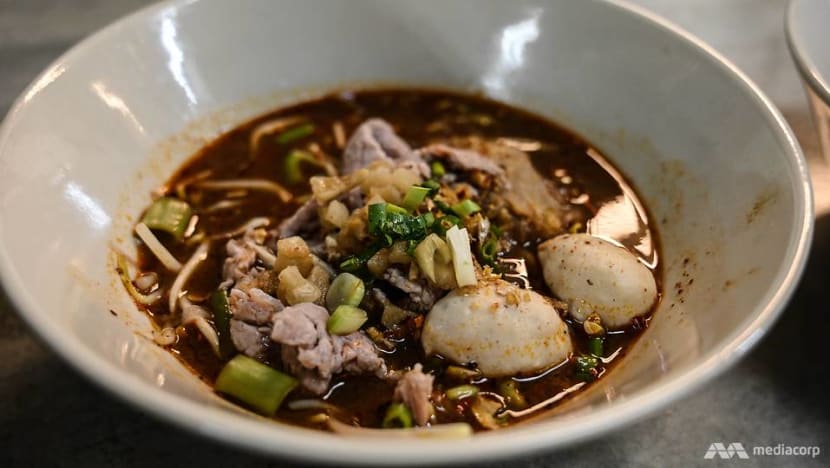
“Downstairs is pretty much a street food shelter - a charity. Upstairs is a Thai restaurant called Baan Saphan, which sells 150-180 Baht (US$5-6) dishes. The reason why we have the upstairs is because upstairs supports downstairs,” he said.
For now, sellers in the shelter are not paying rent. Each month, they only have to pay the power and water bills. In the future, however, Foo plans to charge them a small fee for rent.
“We want to give them a chance to build up because they don’t have savings. We also have to make it sustainable,” he told CNA. His team is in the process of bringing back street food vendors to Thonglor. Only this time, they can operate legally and comfortably at a well-equipped site specifically designed for them.
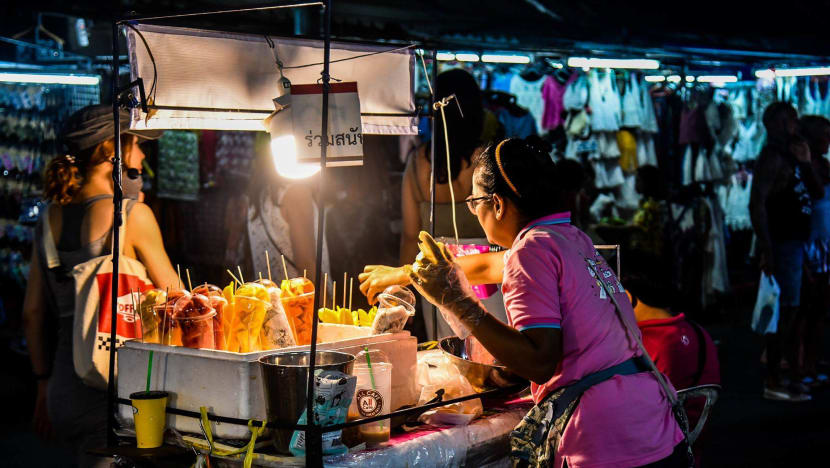
“I’m quite familiar with everybody down here. They had already left the street and I’m bringing some of them back,” Foo said. In front of him, people get on and off boat taxis and buses. A few metres away, office workers and sellers do their grocery shopping at an evening fresh market.
"This side of Thonglor is dead. There’s nothing down here. So for the fresh market and everyone around here, this is only going to bring more for them. It’s going to benefit everyone’s livelihoods. People will be able to find things to eat at affordable prices." he added.
BANGKOK WITHOUT STREET FOOD
By the end of this year, most of Bangkok’s roads and pavements will be free from street food. The space will be returned to pedestrians and motorists as the Thai government tries to restore hygiene and order to the city’s streets and walkways.
So far, the Bangkok Metropolitan Administration has cleared 508 areas in the capital from street vendors. It plans to do the same to the remaining 175 locations in the next few months.
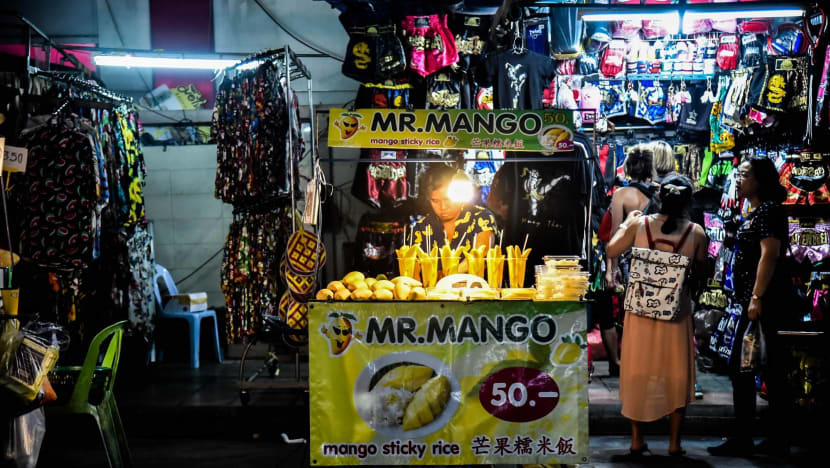
While the efforts to manage Bangkok’s streets are welcomed by many residents, the ban on street vendors has badly affected others. A number of small sellers were forced to stop their businesses altogether because they had nowhere to continue.
One of them is Lakkana Inket, 61. She sold soy milk in Bangkok for 21 years. The small business had made it easier for a single mother like her to pay a mortgage and her two children’s student loans. Every day, the widow would set up her stall at 5am on the pavement of Taweewattana district and be gone by 9.30am.
In 2015, the district began clearing its roads and pavements from street vendors. Like other food sellers in the area, Lakkana was told to leave.
“They want to make us extinct. They’ve never provided us with any alternative location or assistance. They have no mercy,” she said.
The authorities see us as social garbage.
According to the Network of Thai Street Vendors for Sustainable Development, the ban on street sellers has affected some 200,000 operators across the city and hurt the local economy. Its president Raywat Chobtham told CNA that tens of thousands of low-income earners who rely on the businesses will not be able to survive because there are not enough state-owned sites to accommodate them in expensive commercial districts.
“There are so many street vendors. They don’t have much income and live hand to mouth. We can’t force the private sector to charge a low rental fee either, while the government’s locations aren’t good because they’re far away,” he said.
“For customers like office workers, for instance, you have to be there. If you move, customers have to travel to you and they may not get to work in time. Sellers are willing to move as long as they can continue the business and have customers.”
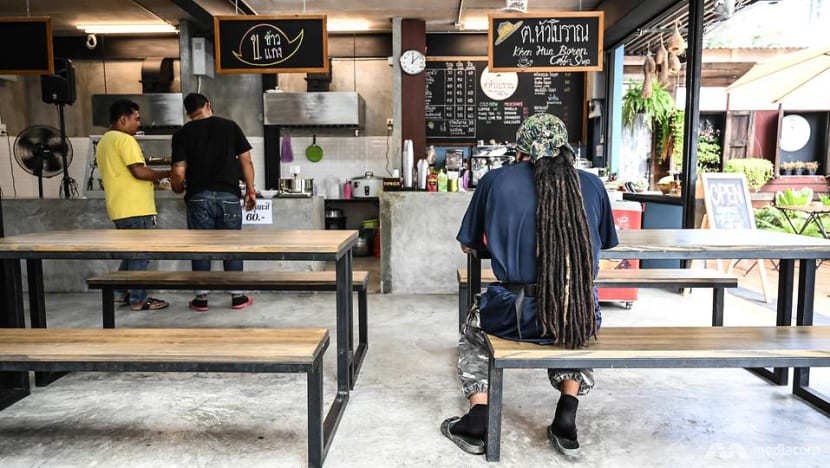
Renting a little spot in central Bangkok now costs about 500 Baht (US$16) per day, according to Raywat, while the average daily earnings for street vendors are less than 1,000 Baht (US$33). Besides the rental fee, they also have to pay for transport, food, their children’s tuition fee and products they want to sell.
For Raywat, the only solution is for everyone to compromise. He believes the government should provide commercially strategic locations for street vendors to continue their businesses.
“You can’t just chase them away to somewhere they can’t sell. If the pavement is 3m wide, for instance, vendors should be allowed to occupy 1m and leave the rest for pedestrians. But if it’s narrow, then don’t allow them to obstruct the traffic,” he said.
“The government has to manage it in a way that allows sellers to continue their job. We need to keep fighting.”
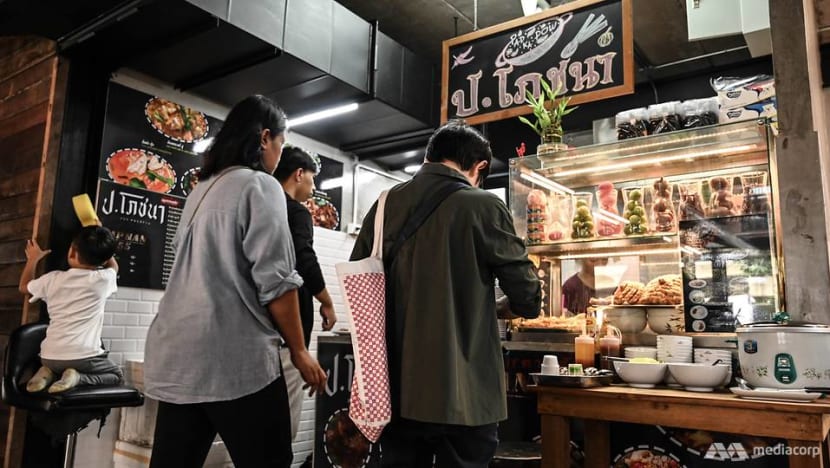
On Sep 11, Jirawat Pangma from the City Hall’s Law Enforcement Department said authorities are in the process of closing down the remaining 175 locations in Bangkok currently occupied by street vendors. However, City Hall will relocate some affected sellers to markets nearby and carry out the plan gradually to minimise the impact on vendors and the public.
For now, Foo’s privately-run hawker centre is providing rare security for those with few other options.
“Many customers come here for lunch. It’s comfortable and clean and this street is full of pedestrians. Although we sell food at 45-50 Baht (US$1.50-1.70), we always use fresh ingredients. Without street food, this is another option for people around here,” said one of the food sellers at Saphan 55, Monthira Takam.
And for customers, cheap street food is back on the lunch menu.
“The price isn’t so expensive here,” said office worker Athiwat Thanapongworapa. “Street food is good and iconic but it should be organised and properly designated.”















